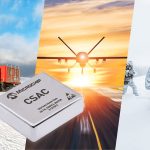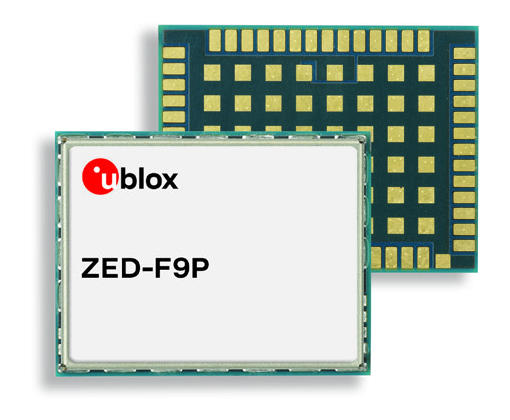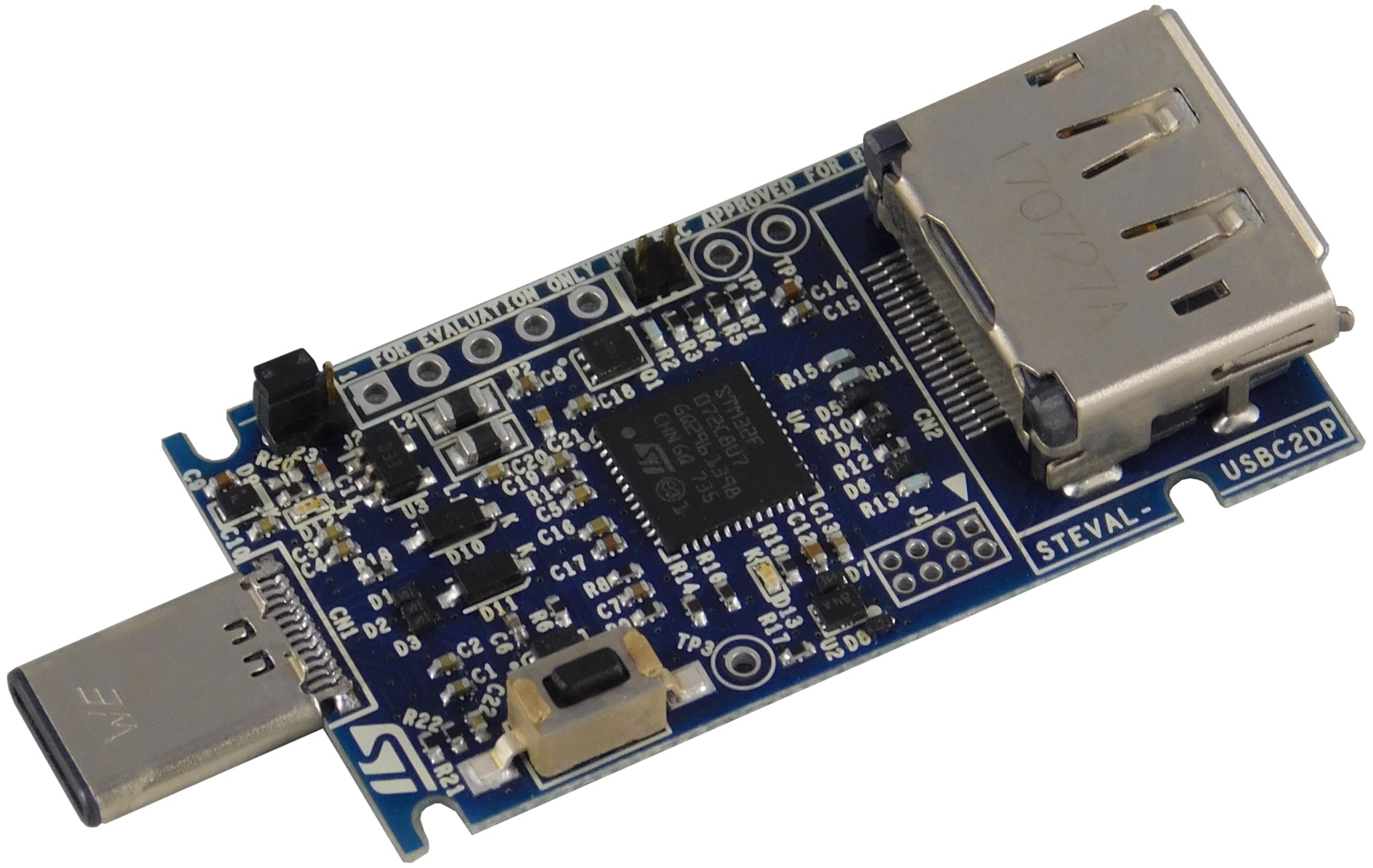
French Space Agency CNES – with support from its subcontractor C&S – has made available two Android applications on the Google Play store, compatible with Android Nougat and validated on a Nexus 5X device.
French Space Agency CNES – with support from its subcontractor C&S – has made available two Android applications on the Google Play store, compatible with Android Nougat and validated on a Nexus 5X device.
The two new apps are:
• RTCM Converter: this app converts the smartphone GNSS raw measurements to Radio Technical Commission for Maritime Services messages (RTCM message type 1077) and sends them to a caster for further use by third-party softwares. https://play.google.com/store/apps/details?id=jocs.fr.gnss_tortcm
• PPP WizLite: this app is a lite version of the CNES PPP-Wizard client, currently using only pseudorange and Doppler raw measurements. The app uses these measurements along with external RTCM streams for orbit and clock corrections and broadcasts, such as the ones available from the International GNSS Service Real-Time Service (IGS RTS), to compute the precise position of the phone in real time. https://play.google.com/stor/apps/details?id=jocs.fr.gnss_ppp
The new Android 7 (Nougat) operating system allows recovering raw measurements from the smartphone’s GNSS receiver. Prior to this announcement, raw measurements were not made available to users and only the position computed by the GNSS chip was available. Access to raw GNSS measurements is of interest because it paves the way for more advanced processing algorithms and thus offers the possibility to dramatically improve positioning accuracy, the agency said. Over the years CNES has acquired a recognized experience in this field, especially through the PPP-Wizard tool (Precise Point Positioning With Integer and Zero-difference Ambiguity Resolution Demonstrator). http://www.ppp-wizard.net
The figures at the top illustrate the real-time performance of the PPP WizLite app using precise real-time orbit and clock corrections provided by the real-time IGS (RTIGS) RTCM feed. Single-frequency GPS-only pseudorange and Doppler measurements retrieved at 1 hertz were used and ionospheric corrections were provided by SBAS, although other sources of ionospheric corrections could have been used.
The figures depict average performance computed over ten 5-minute runs in both static and kinematic modes. They show that, provided satellite visibility and geometry are good, a sub-meter accuracy can be obtained within 30 seconds in static mode (red line). You also see that convergence is much slower without the SBAS corrections (black line). Accuracies of 1-2 meters have been obtained when processing the data in kinematic mode with SBAS corrections, i.e. by making no assumption on the phone’s dynamics.
These initial results are likely to improve in the near future with the list of smartphone manufacturers announcing support for raw phase measurements on their most recent devices, as well as support for data from constellations such as GLONASS, Galileo and BeiDou, is steadily growing. A more detailed description of the apps and additional results will be presented at the ION GNSS+ 2017 meeting, held in Portland, Oregon September 25-29.






